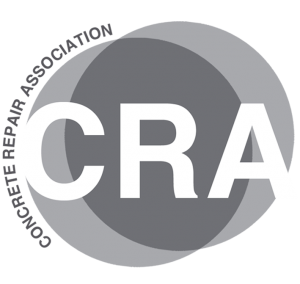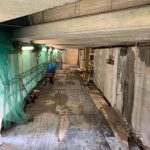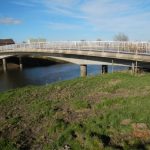Cathodic Protection and Masonry Clad Steel Frame Buildings: An Exercise in Preservation and Durable Repairs.
Transitional masonry, clad steel frame construction was an engineering feat of the late 1800s. Originating as a ‘fire-proof’ construction technique which utilized steel frame elements encased in masonry to transfer load led to immense technological changes in architectural design and construction.
By utilizing steel frame construction, the designer was no longer reliant on heavy, thick masonry walls and could build to great heights. This enabled them to have larger window expanses and use a variety of materials for cladding, both of natural stone or man-made products such as terra cotta or cast stone.
The full effects of steel frame corrosion, though observed in 1894, was not fully acknowledged until many decades later. Diagnoses such as Dean’s Gate Disorder or Regent Street Disease were indicative of masonry damage caused by corrosion of the embedded steel. Damage leads to opened joints, hairline cracking, staining, and spalling of the masonry. In the most serious instances, death to pedestrians has occurred from stones falling from high rise construction.
Since 1991, Impressed Current Cathodic Protection (ICCP) has been used on hundreds of buildings in the UK, Europe and the United States. This technology controls corrosion by electrochemically shifting the steel into an immune (or passive) state. Developed in the UK, under the aegis of Historic Scotland and the Department of the Environment, the use of ICCP in historic buildings provides a cost savings to removing large areas of masonry, provides a long-term (50 year) repair and minimizes future damage to valuable façade stones.
Echem Consultants LLC is a leader in the development of steel frame ICCP technology, having worked on the first major projects in the UK and the US. We provide investigation, diagnostic, design repair, and installation support. Contact us for more information regarding our services.
E: ldimaria@e2chem.com
W: https://e2chem.com/







